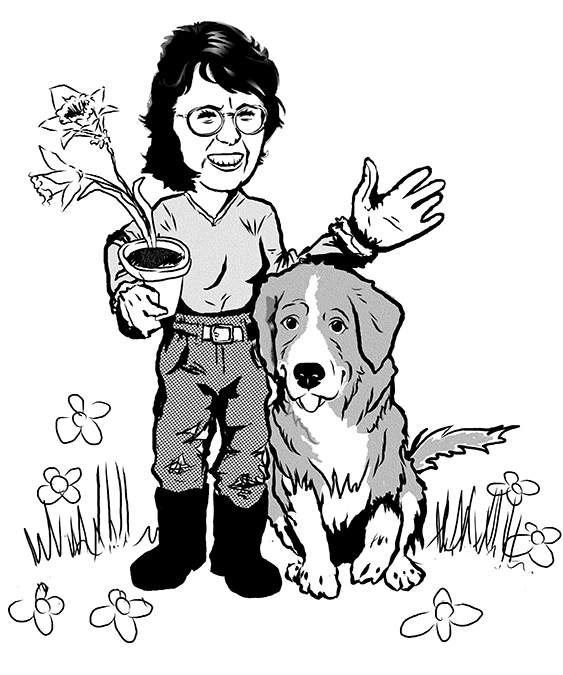Yucca flaccida ‘Golden Sword’
Gallery photos updated!
by Leslie Cox; Saturday, October 6, 2012
 Check out the Photo page! I have been busy this morning updating…adding more of John’s beautiful photographs of autumn colours in our garden and around the Comox Valley. Enjoy!
Check out the Photo page! I have been busy this morning updating…adding more of John’s beautiful photographs of autumn colours in our garden and around the Comox Valley. Enjoy!
Please note: These autumn photos have now been replaced as of March 1, 2013.
Beets! Glorious Beets!
by Leslie Cox; Thursday, October 4, 2012
I love them…and luckily my “Duke” loves them too. It is a good thing we love them because we have beets!
 We belatedly decided last spring…in a reckless, spur of the moment, irresponsible act of willy-nilly…to make our small vegetable garden just a little bigger. Too late for me to start anything from seed to transplant out seedlings. Not only that, but in a fit of brain-dead, empty mindlessness during that point in time, we were having a little difficulty trying to decide what other vegetable, or vegetables, we should plant in the bonus space.
We belatedly decided last spring…in a reckless, spur of the moment, irresponsible act of willy-nilly…to make our small vegetable garden just a little bigger. Too late for me to start anything from seed to transplant out seedlings. Not only that, but in a fit of brain-dead, empty mindlessness during that point in time, we were having a little difficulty trying to decide what other vegetable, or vegetables, we should plant in the bonus space.
(The above photo shows the vegetable garden expansion of to the right. We planted a double row of carrots…with two rows of beets in behind…in the middle bed. But what to plant in the back bed along with the leek trnsplants waiting to go in?)
Collecting and Storing Seeds
by Leslie Cox; Wednesday, September 20, 2012
As summer nears its end, it is a good time to be thinking of gathering seeds for the next growing season.
Timing is everything when it comes to harvesting seeds. Collect them too soon and the endosperm may not be fully developed enough to supply the necessary nourishment to the embryo for it to finish maturing. Collect the seeds too late and there is a risk that they may have begun to rot or have lost their viability. Usually, seed maturity can be measured by colour—lightness of colour means it is not mature; darker means mature.
Flower seeds are ready for collecting a few weeks after the flowers have faded and the petals have dropped off. Plants with flower spikes where the blossoms open at the bottom first and slowly work up to the top, or vice versa, are harder to judge the optimum harvest time. The seeds, like the blossoms, ripen at timed increments. Continue reading
Blossom End Rot
by Leslie Cox; Saturday, September 8, 2012
 Many of us have likely encountered a few tomatoes that are turning black or an ugly brown colour and shrivelling at the bottom, or blossom end, of the fruit.
Many of us have likely encountered a few tomatoes that are turning black or an ugly brown colour and shrivelling at the bottom, or blossom end, of the fruit.
Blossom end rot is usually associated with tomatoes but other fruits such as squash and cucumbers can get it too.
The cause in all cases is a lack of calcium in the developing fruit so either there is not enough calcium in the soil or the plant is not able to absorb it.
Calcium is very necessary for the development of a strong cell structure. A deficiency of this mineral will result in weakened cellular walls that will begin to collapse as the fruit grows. This opens up the possibility for rot to set in, beginning at the blossom end…the starting point for developing fruits.

